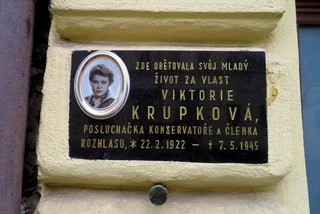A new bell was unveiled yesterday on a pontoon in the Vltava river at Smetanovo nábřeží. It was cast in memory of the 9,801 bells from churches and town halls – about 90 percent of the large bells in the country – that were confiscated during the Nazi occupation of Bohemia and Moravia and melted down to make weapons.
The unveiling of Commemorative Bell #9801, as it is called, took place exactly 80 years after the bells were taken to German factories from a collection point at Rohanský ostrov, where the bell will be permanently displayed in the future. The confiscated bells were marked in white paint with P/P and a number. P/P stood for Protectorate/Prague. Protectorate was the name used for Bohemia and Moravia by the occupation Nazi government.
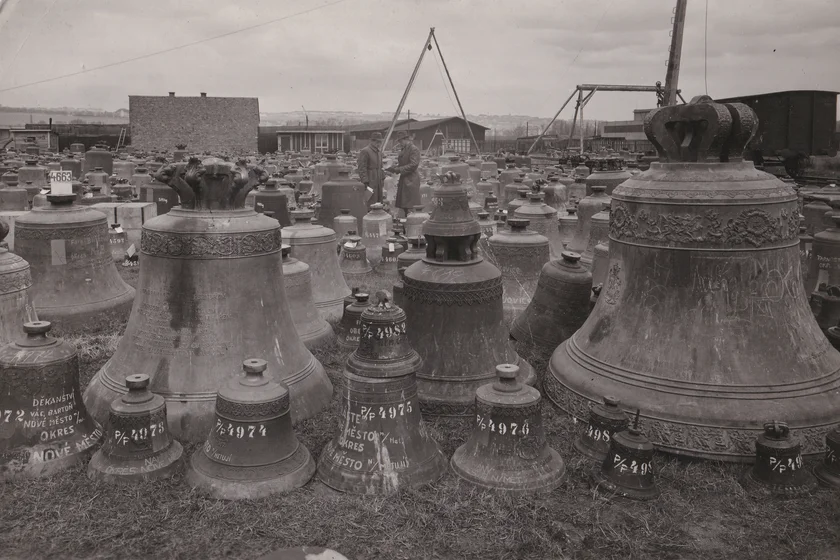
The bell will be on the pontoon at the Čapadlo terrace until the end of September, and then it will be moved to another location on the river. It should take up its final location in a planned bell tower in Maniny Park on Rohanský ostrov in 2024.
Only a few dozen of the 9,801 bells were returned after the war, as most had been destroyed. Many bell towers in the Czech Republic remain empty to this day. Nearly three-quarters of the bells that existed before the war as still missing.
The authors of bell design, Kryštof Čižinský and Jakub Kamínek, combined the present and the past into a new functional whole in the relief decoration, which has the look of fragments of the destroyed bells combined together. The inscription on the bell, in Czech, says: “I speak with the voice of a thousand bells silenced by war.”
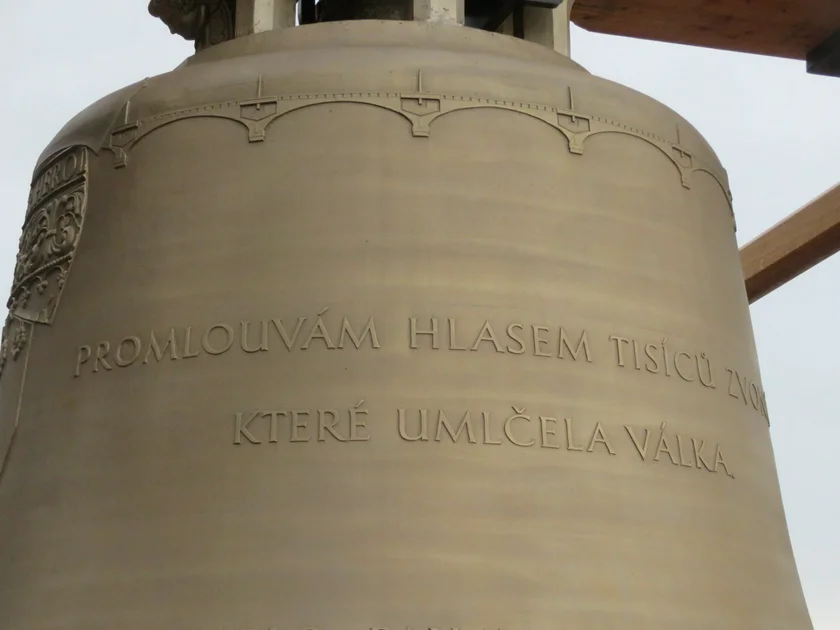
The bell was blessed by priest Tomáš Halík, shortly before it was rung at 5 p.m. The unveiling ceremony also included musical accompaniment and a light projection.
People will be able to hear the bell ring on Sept. 2 at 8 p.m. at the Concert for Europe, which will be performed by the Czech Philharmonic on a floating stage near Střelecký ostrov. The concert is part of Prague Sounds and is being staged as part of the Czech Republic’s EU presidency.
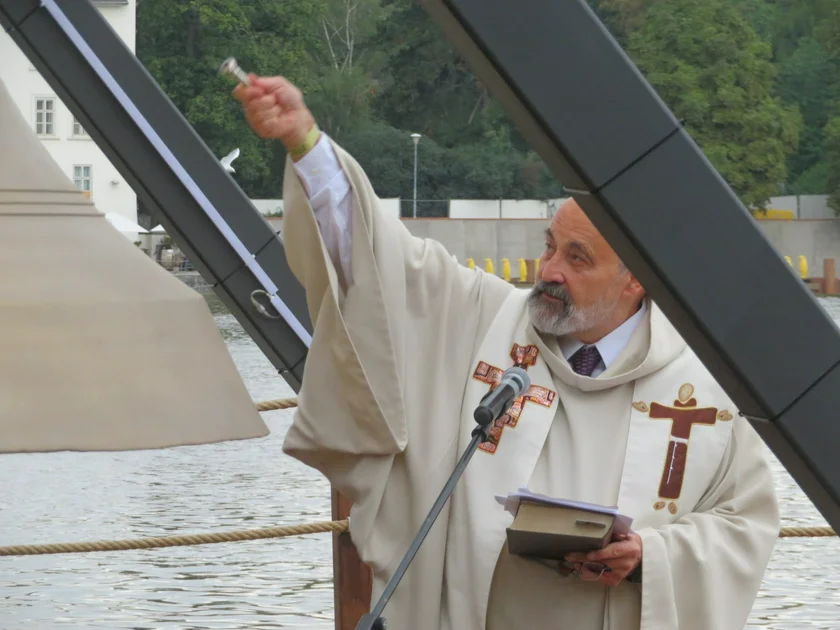
The bell, which weighs a symbolic 9,801 kilograms, was cast in Innsbruck, Austria, by the Grassmayr Bell Foundry, which has been in operation since 1599. Petr Grassmayr, the current owner, said the bell was a symbol of peace, 80 years after bells were destroyed for war. He called on people to remain vigilant in maintaining peace, as that is the most important thing we have.
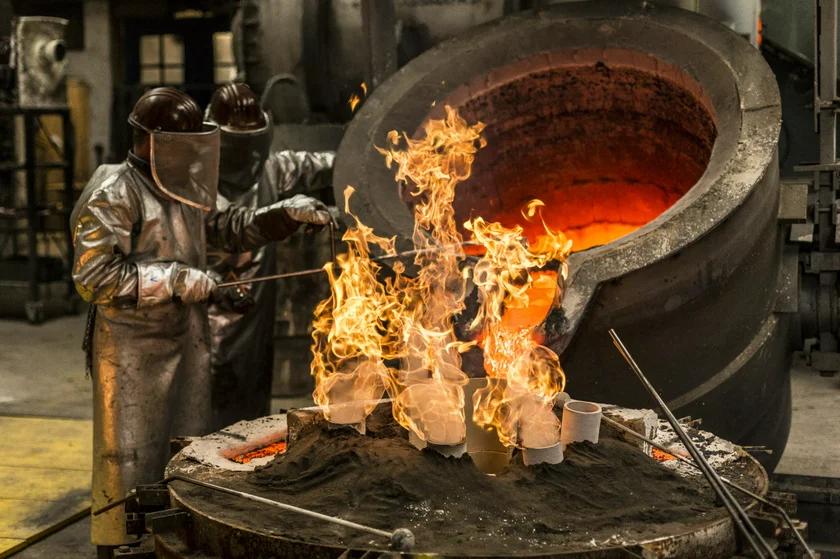
Casting such a large bell was a complicated process. A full-size wax model of the bell had to be made as the basis of a unique brick and concrete mold that could only be used once. A copper alloy, which exceeded a temperature of 1,000 °C, was poured into the mold. The bell then had to cool before the mold could be opened The bell was then cleaned and polished. The bell, without the crown, is 187 cm tall and has a bottom diameter of 258 cm.
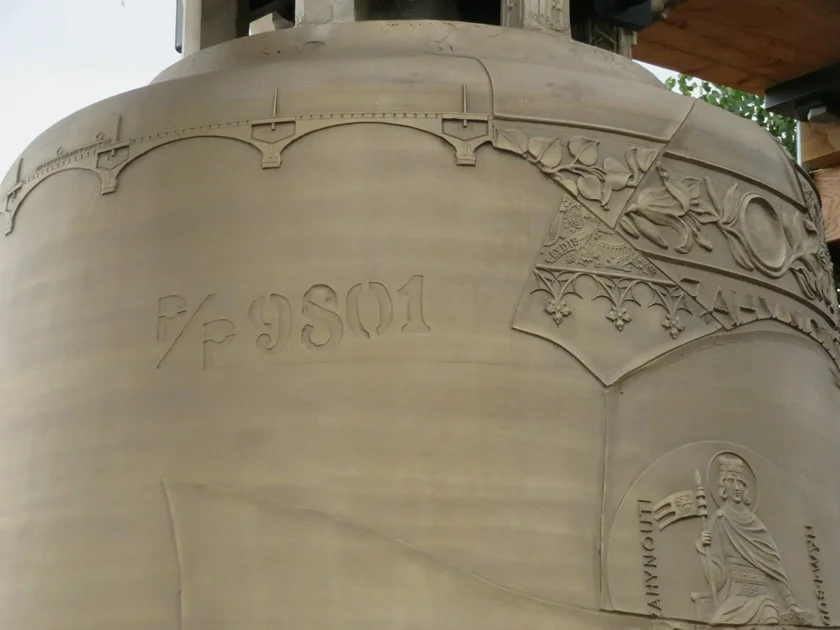
While the bell was mostly transported from Austria over land, the final stretch between Mělník and Prague was covered by a boat. This was symbolic, as the confiscated bells were removed from Prague on boats.
Ondřej Boháč, chairman of the Prague bell ringers' association Sanctus Castulus, said it will be difficult to return all the bells that disappeared from Czech and Moravian bell towers. “The aim of the Bell #9801 initiative was to replace thousands of silenced bells with a new powerful voice. Together, we rang it for the first time today on the Vltava River in the presence of the people who helped to bring it into being,” he said.
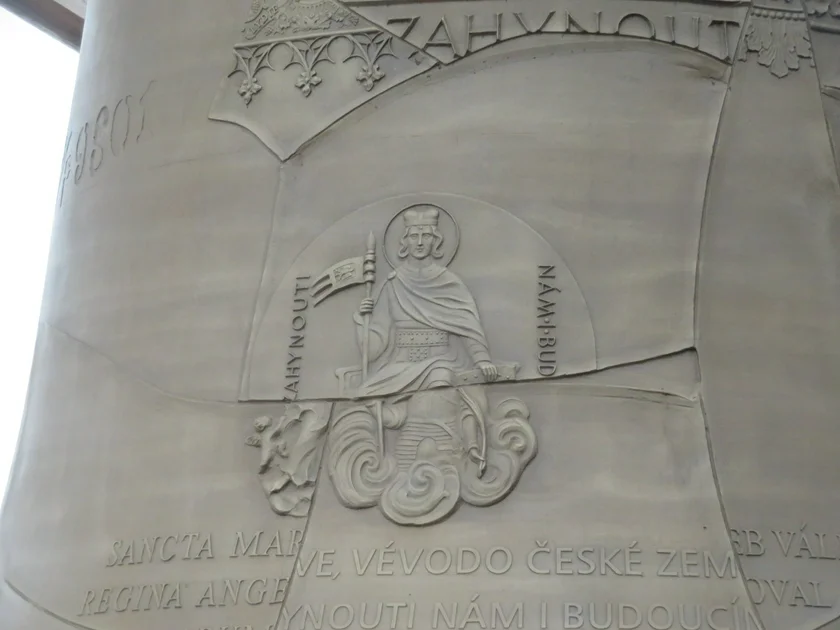
“But this is not the end of our efforts, the public collection is turning into a long-term one. We hope that we will be able to gradually fill in the missing bells,” he added.
Boháč was the driving force behind the project, which took less than one year from the initial idea until the unveiling. He said that he had been thinking about some way to address the forgotten history of the lost Czech bells for some time.
The advantage of having the bell on a pontoon is that it makes it possible to easily move the bell on so it can visit several places from where the bells it commemorates came from until it is finally placed on Rohanský ostrov, Boháč said.
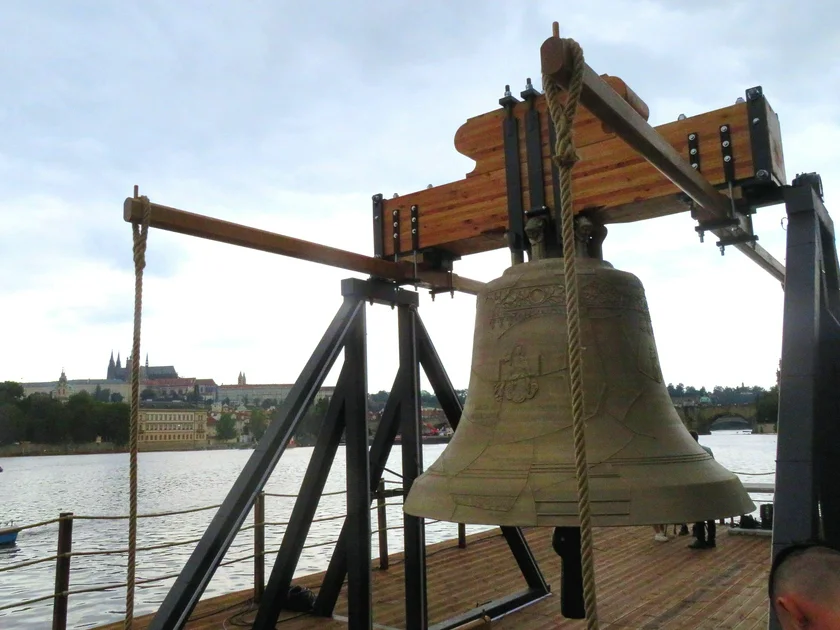
Bells were used to bring communities together. Bells had been destroyed in previous conflicts, including World War I, but usually after the conflict ended the community came together and replaced the bells. This did not happen after World War II, though, as the communist authorities were not interested in restoring churches.
The Czech Defense Ministry was also involved in the project. “We must not forget the Nazi atrocities and the horrors of war, so we were pleased to support this project by donating decommissioned pontoons for the transport of the bell to the heart of Prague. I thank the organizers for symbolically returning the bells stolen by the Nazis after 80 years,” Defense Minister Jana Černochová said in a statement.
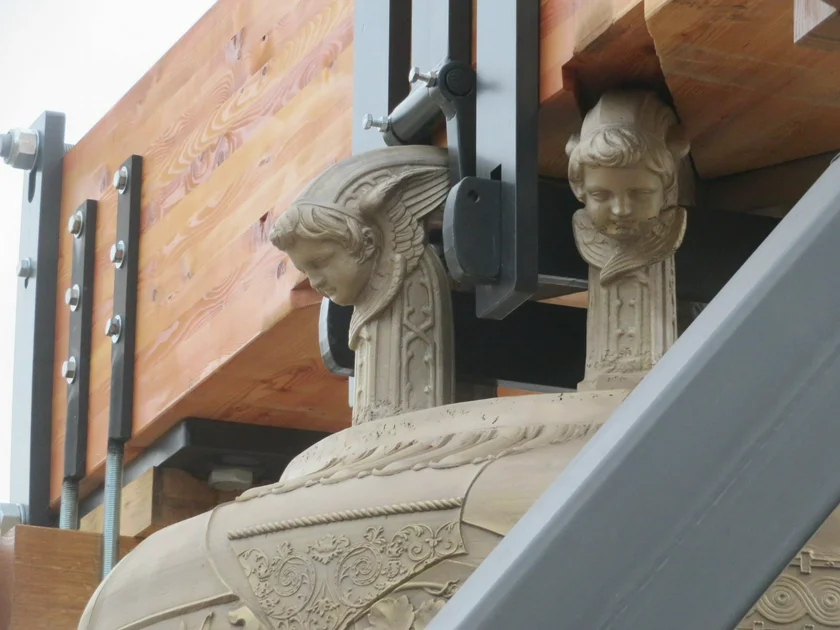
The project has been supported by corporate sponsors such as PPF Foundation, J&T Real Estate, Sekyra Group, Karlín Group, BPD Partners, Amadeus Real Estate, Conseq Investment Management, Havel & Partners, Kooperativa pojišťovna, and Alza.cz.
“Although we thought we knew the Karlín and Rohanský ostrov area very well, it still surprises us with new stories. We only learned about the requisition of bells during World War II thanks to the Bell #9801 initiative,” Serge Borenstein of Karlín Group said.
“The photos of the cemetery of bells in Maniny send chills down the spine. The Return of the bell carries an incredibly powerful story that has so many different layers. It appealed to us so much that we joined its birth without hesitation,” Borenstein said.
People can still support the project via the Darujme donation website or the 9801 website, which has more information as well.












 Reading time: 4 minutes
Reading time: 4 minutes 





